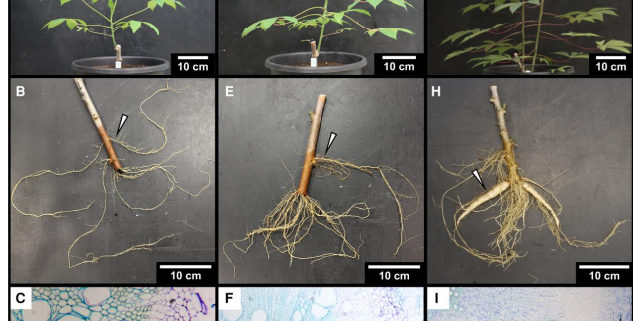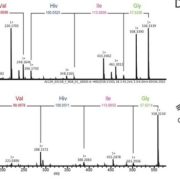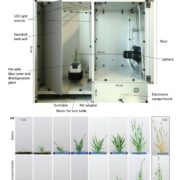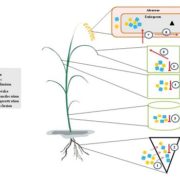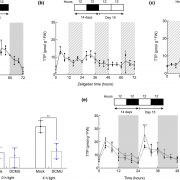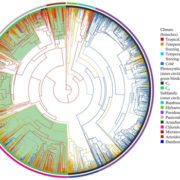Phloem loading and subcellular transport drive carbon storage in cassava roots
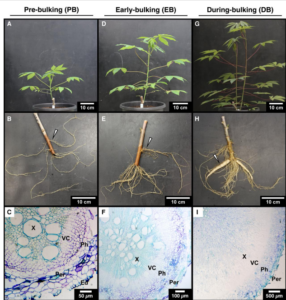 Cassava (Manihot esculenta) is a vital starchy crop essential for food security in Sub-Saharan Africa, South America, and Southeast Asia. A recent study on cassava by Rüscher et al. provides important insights into the plant’s sugar control mechanisms as the roots expand, produce large amounts of storage parenchyma, and accumulate sugars and starch, a process known as root bulking. The authors examined how carbohydrates are transported into the roots and found that both the absence of upregulation of specific transporters and the presence of branched plasmodesmata support a model of passive symplastic phloem loading. They also found evidence of subcellular compartmentalization of sugars in the storage root during bulking. As sugar levels build in the cytosol, monosaccharide transporter genes that import sugars into the vacuole were more highly expressed, leading to vacuoles in storage roots containing up to 7.5% sucrose by dry weight. The accumulation of sugars establishes an osmotic gradient that attracts water into the vacuoles, resulting in the enlargement of root cells and potentially affecting the plant’s ability to regulate internal water resources. By understanding the dynamics of sugar compartmentation, gene expression, and transport patterns, the study highlights an immense opportunity for cassava breeding projects. (Summary by Tuyelee Das @das_tuyelee) Plant Phys. 10.1093/plphys/kiae298
Cassava (Manihot esculenta) is a vital starchy crop essential for food security in Sub-Saharan Africa, South America, and Southeast Asia. A recent study on cassava by Rüscher et al. provides important insights into the plant’s sugar control mechanisms as the roots expand, produce large amounts of storage parenchyma, and accumulate sugars and starch, a process known as root bulking. The authors examined how carbohydrates are transported into the roots and found that both the absence of upregulation of specific transporters and the presence of branched plasmodesmata support a model of passive symplastic phloem loading. They also found evidence of subcellular compartmentalization of sugars in the storage root during bulking. As sugar levels build in the cytosol, monosaccharide transporter genes that import sugars into the vacuole were more highly expressed, leading to vacuoles in storage roots containing up to 7.5% sucrose by dry weight. The accumulation of sugars establishes an osmotic gradient that attracts water into the vacuoles, resulting in the enlargement of root cells and potentially affecting the plant’s ability to regulate internal water resources. By understanding the dynamics of sugar compartmentation, gene expression, and transport patterns, the study highlights an immense opportunity for cassava breeding projects. (Summary by Tuyelee Das @das_tuyelee) Plant Phys. 10.1093/plphys/kiae298


